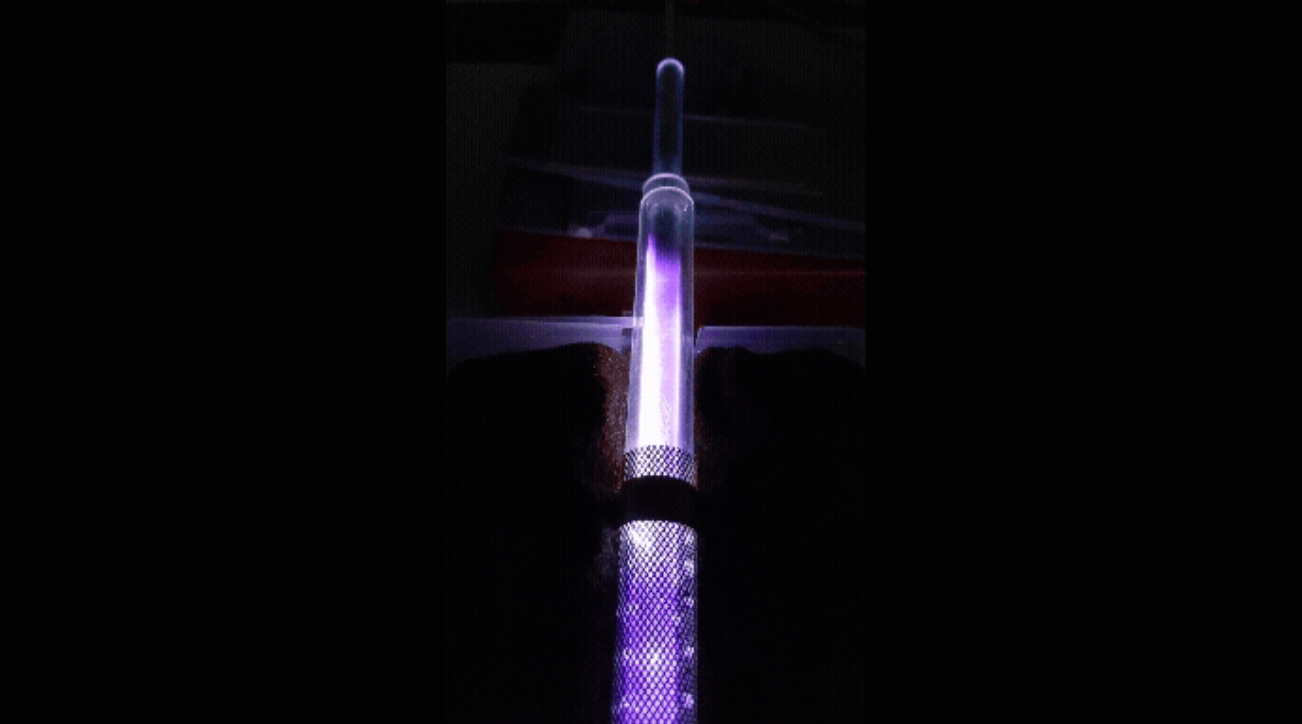Revolutionizing Ammonia Production: Clean, Green, and Plasma-Powered
Key Ideas
- Plasma-based ammonia synthesis using electricity and air without CO₂ emissions disrupts traditional Haber-Bosch process, offering cleaner production.
- Potential for on-site production benefits small to mid-sized farms, modular design allows scalability with renewable energy integration, and supports hydrogen storage.
- Addresses environmental concerns of energy consumption and greenhouse gas emissions associated with Haber-Bosch method, providing a greener alternative.
- Challenges remain in enhancing energy efficiency to compete with traditional factories, particularly focusing on optimizing membrane electrolyzer performance.
A team of scientists at the University of Sydney, under the leadership of Professor PJ Cullen, has developed a breakthrough method for producing ammonia by utilizing plasma, electricity, and air. This innovative approach involves mimicking the natural process that occurs during a lightning storm, where nitrogen is excited to produce ammonia gas without the need for extreme heat or pressure. By avoiding CO₂ emissions and eliminating the reliance on fossil fuels, this new technique offers a cleaner and more sustainable alternative to the conventional Haber-Bosch process.
The technology involves using a plasma reactor to electrify air and then passing it through a membrane-based electrolyzer to convert it into ammonia gas. This method not only minimizes energy consumption but also bypasses the fossil hydrogen and energy-intensive steps typically involved in ammonia production. The implications of this breakthrough are significant, as it enables the decentralized production of clean ammonia that can benefit small to mid-sized farms and rural areas.
Moreover, the modular design of the system allows for scalability without the constraints of traditional cost barriers, making it a versatile solution for various settings. By integrating renewable energy sources such as wind or solar power, excess energy can be utilized to create ammonia as a storable fuel, aiding in balancing energy supply and demand.
The development of this plasma-based synthesis approach marks a crucial step towards reducing the environmental impact of ammonia production, which has long been associated with high energy consumption and greenhouse gas emissions. This innovation not only offers a sustainable solution for producing fertilizers with a lower carbon footprint but also presents opportunities for ammonia to be used as a fuel for ocean-going ships and as a means of storing and transporting hydrogen.
While the technology shows immense potential, further refinement is required to enhance its energy efficiency and competitiveness with traditional factories. Researchers are concentrating on optimizing the performance of the membrane electrolyzer to improve the overall effectiveness of the system. The achievement by the University of Sydney represents a significant advancement in industrial decarbonization, highlighting a promising avenue for a cleaner and more sustainable future in ammonia production and beyond.
